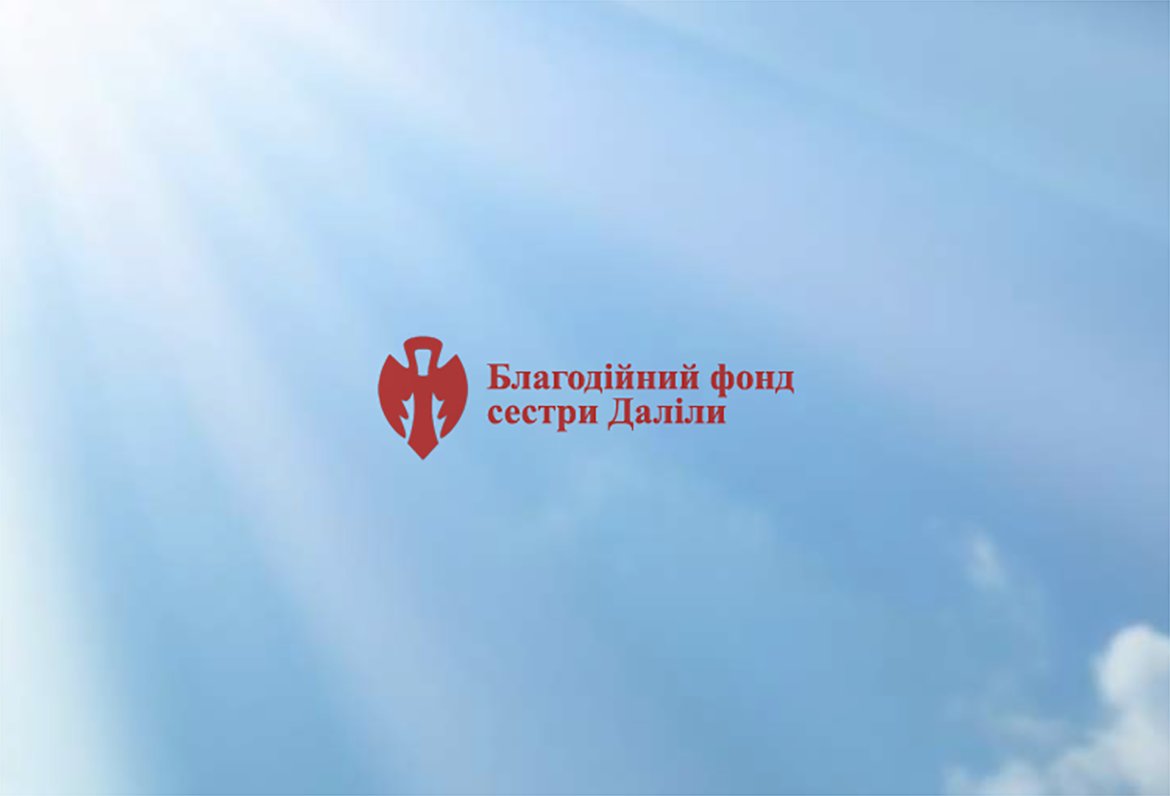Vaccination and patients with chronic conditions

Vaccination and patients with chronic conditions
In 2018, the European Patients’ Forum presented this background report as part of its initiative to vaccinate the communities of patients with chronic diseases. The purpose of the EPF initiative is to:
Promote increased interest in vaccination, including the transformation of indeterminacy into the confidence of groups of patients with chronic diseases, for which there are recommendations for a specific vaccination within national immunization programs, but whose compliance with these recommendations is low due to various causes, including ignorance;
raise awareness of the benefits of vaccination in these hard-to-reach groups of patients, in cooperation with the EPF at EU scale
EPF focus on the following elements:
1. Identification of key information gaps and information needs of the community of patients regarding vaccination.
2. Reflection of any controversial issues for patients, as well as problems faced by patient organizations (national / international bodies) in addressing these issues.
3. Identification of existing tools, best practices and recommendations for vaccine information that is appropriate for the community of patients on which we can build EPF recommendations.
Vaccines are medicines that produce immunity, hence, protect the body from the disease. Vaccines contain dead or weakened forms of the pathogen microorganism (pathogen). Vaccine causes the immune system of a person to respond through the development of antibodies – substances that weaken or destroy pathogens. Vaccination allows you to develop “memory” in the immune system, so it is able to recognize pathogenic microorganism again, in contact with humans later.
Types of vaccines. There are vaccines for the prevention of infectious diseases caused by bacteria and viruses. Vaccines are also increasingly being developed to treat certain conditions, but they are not addressed in this report. Prophylactic vaccines fall into four main types: inactivated vaccines use the killed variant of the embryo causing the disease; subunits, recombinant, polysaccharide and conjugated vaccines use specific pieces of the embryo; Toxoid vaccines use a toxin (a harmful product) produced by a pathogen that causes the disease, inactivates or suppresses the toxin. Information on vaccines that exist in various diseases or are developed, if available from the World Health Organization Below we list commonly recommended vaccines for some chronic diseases based on information available from US Centers for Disease Control and Prevention. However, it should be borne in mind that each country has different recommendations, and although there is a similarity of age, the conditions included are not everywhere the same.
1). An influenza vaccine – every year to protect against seasonal flu, in particular, people who have:
I. Asthma
II Neurological and developmental conditions, including diseases of the brain, spinal cord, peripheral nerves and muscles, such as cerebral palsy, epilepsy, stroke, mental retardation, moderate and severe developmental delay, muscular dystrophy, or trauma of the spinal cord;
ІІІ Chronic lung disease, such as asthma, chronic obstructive pulmonary disease (COPD) or cystic fibrosis;
IV. Cardiovascular diseases, such as congenital heart disease, congestive heart failure, or coronary artery disease;
V. Disorders of the endocrine system, such as diabetes mellitus type 1 or 2;
VI. Blood disorders such as sickle cell anemia or thalassemia;
VII. Kidney, liver or metabolic disorders such as hereditary metabolic disorders or mitochondrial disorder;
VIII Weakened immune system through illness or medication such as people living with HIV / AIDS, cancer, or chronic steroid treatment;
IX People under the age of 19 who receive long-term aspirin therapy;
X. People with obesity, having a body mass index (BMI) of 40 or more; people over 65 years old
2). Td vaccine every 10 years to protect against tetanus and diphtheria;
3). Tdap vaccine once, instead of the ADS vaccine, to protect against tetanus and diphtheria plus tickle (pertussis) and during each pregnancy in women;
4). Pneumococcal vaccine is an ordinary vaccine for all children in most countries around the world;
in many countries it is also recommended for adults aged 60 or 65 (depending on which vaccine) and / or for people with chronic heart, liver, kidney or lung disease, diabetes mellitus, or alcoholism, and for people with conditions weakening the immune system;
5). A series of hepatitis B vaccine, in particular for people who have hemodialysis and / or dialysis treatment or have terminal renal disease, HIV infection, or chronic liver disease, or have diabetes and under the age of 60;
Other vaccinations may be necessary, depending on factors such as country / region of residence, age, lifestyle, work, health, and has already been vaccinated in the past. Those may include scrotum, human papillomavirus (which can cause some types of cancer), pneumococcal infection, meningococcal disease, hepatitis A and hepatitis B, chickenpox, measles, mumps and rubella.
The main causes analyzed by WHO and UNICEF and reported by countries regarding the lack of vaccination are presented below. They concern: risk-benefit (scientific data), for example, “vaccine safety issues” or “fear of side effects”; lack of knowledge about vaccination and its importance, for example, “lack of knowledge of parents in favor of immunization”; religious, cultural, gender and socio-economic issues. One of the main causes of indecision is the fear of side effects, where there is a problem that people do not consider the risk in the context – that is, take into account the risk of the disease – and therefore do not make a proper calculation of risk and benefit.
Full text of the study:
https://drive.google.com/file/d/1Megr-GhY4tsCfIC5tW-RJiTdT7_0cPJC/view



